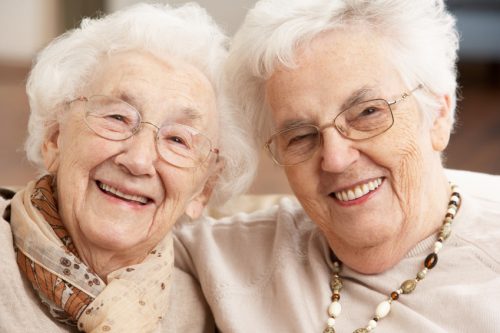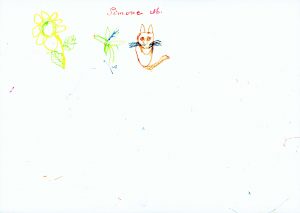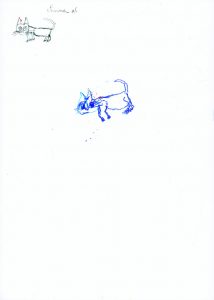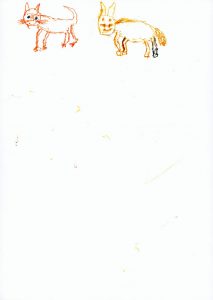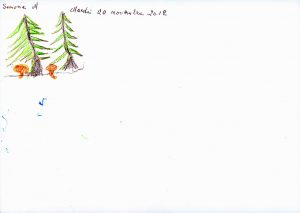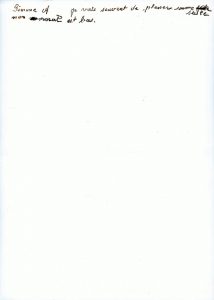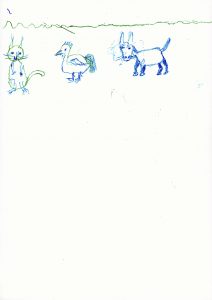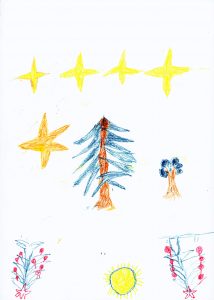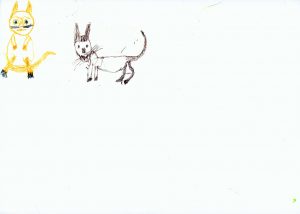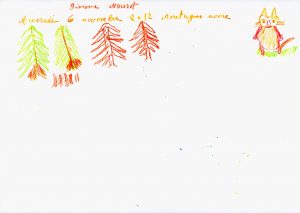By Barone Holistic Experts, le 19.06.2023
As holistic natural health experts, our mission is and always will be to have a holistic approach to human health.
As healthiness is much more than the simple lack of symptoms, feeling « ok » does not equal being healthy. It is, therefore, our duty to look beyond the symptoms to the root cause of problems to reveal and address them.
Real health can be described has a state of physical, mental, and emotional well-being, but it is also:
- A healthy living environment, abundant with nature, pure air and water, sun, healthy and varied foods
- A personal, social, and professional life with maximum fulfillment and minimum stress and injustice
- A life in harmonious coexistence and interdependence with all forms of life around us
- An individual and collective fulfillment
For every patient that walks through our doors, this is the goal we are aiming at.
On this path toward healthiness, the patient is the ultimate decision-maker every step of the way.
Holistic natural health care is, above all, a proposed service, an extended hand to the patient to offer him support, knowledge, council and solutions.
To do that successfully for each patient, we must, as holistic natural health experts, find all the efficient tools available in the natural medicine realm. This is how we came across the Catharsis Application Program (CAP method).
CAP method is part of the different solutions we can propose for people suffering from psycho-emotional problems.
The fundamental of addressing any emotional problems is first taking care of the body and the mind. Both are intimately related to emotions. The body especially as it is where we store all our excessive energy, whether it comes from mental overload or bad-negative emotions.
As the saying says, « We got issues in our tissues. » This is why, to have a successful and lasting result, we must have a holistic approach with a synergy of different treatment methods.
Once we have addressed the body and the mind, it is essential to use specific methods to target the patient’s emotions. This is where we like to use various tools, including the CAP method.
CAP is a unique method composed of free drawing/painting while listening to a specially composed music.
The most significant advantage of CAP compared to other solutions for emotional problems is that it is very intuitive and non-intrusive.
The patient is free to explore his inner self without judgment or human guidance; he can just let the music guide the exploration of his emotions, memories, and traumas through his pencil or brush.

In a sense, it reminds us of young, traumatized children who are unable to speak up and use drawings to express their reality and emotions.
For most of us, drawing stopped at preschool, and yet it is a formidable tool of expression that goes way beyond words. It is also an incredible way to clear our minds, connect to our emotions, and travel through our memories and imagination.
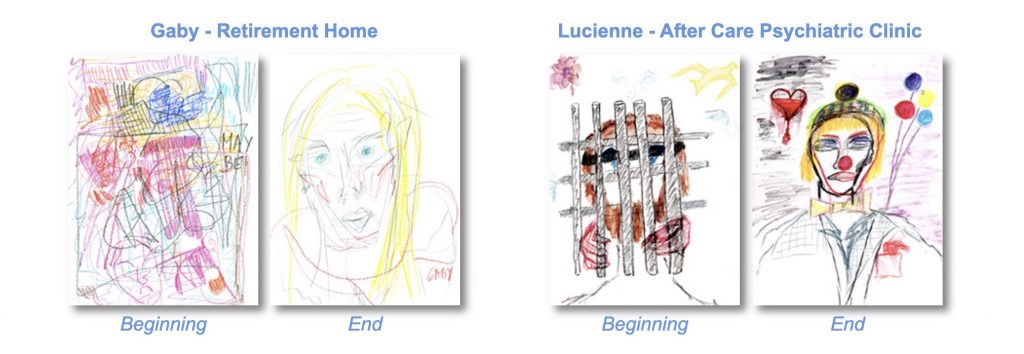
In the case of CAP, the uniquely composed music plays a crucial role in easing drawing down on paper emotions and traumas, especially for people that are not comfortable with drawing.
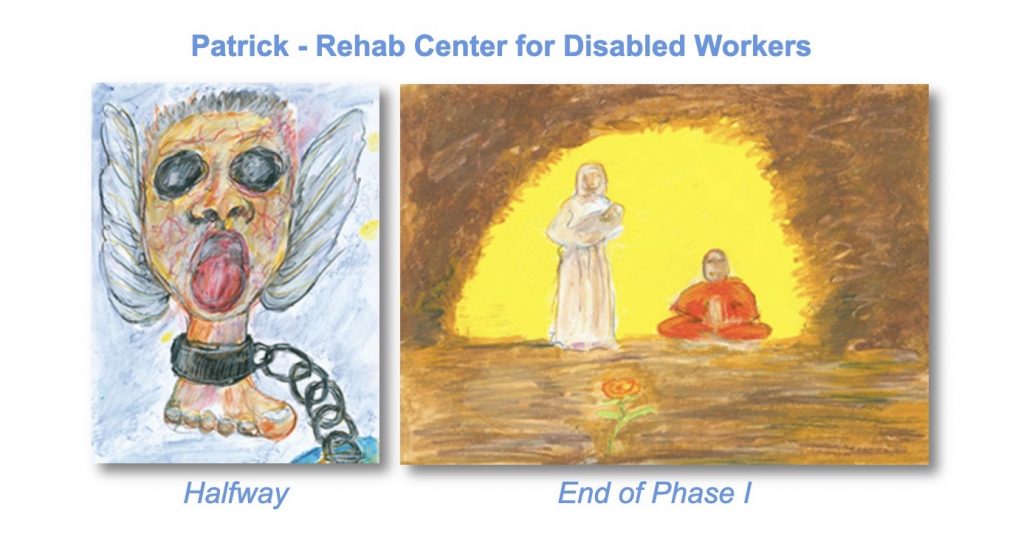
This is followed by an in-depth interpretation by a trained professional, who can extract the essential messages drawn by the patient during the sessions.
This journey takes place over 3 months, one session per week.
This allows the patient to take the rhythm of introversion to dig out:
- repressed emotions
- traumas
- pains
- emotional blockages
- etc.
It is suitable for all ages and nearly all psycho-emotional problems. Additionally, it can be done in individual or group sessions.
This method is truly innovative with its synergy between the unique music, the self-expression through drawing, and the in-depth interpretation by the CAP professional.
In our experience, we have seen clear benefits in patients embarking on this adventure.
Among the different positive effects, here are the most frequent ones we saw:
- Emotional relief
- Ability to accept and digest unresolved traumas
- Shedding light on undefined emotional problems
- Awakening of creativity
This process can be repeated, if necessary, at different stages.
Almost everybody carries some emotional load and traumas in today’s society, full of stress, injustices, toxic relationships, and traumatic experiences.
Prescriptive natural medicines like phytotherapy and aromatherapy are excellent for treating the physical and biological part of the problem, but it is capital to have specialized tools like the CAP method to address the psycho-emotional side as well.
Finally, it must be said that the CAP method is also responding to a growing need for alternatives to classical psycho-emotional care.
Indeed, many people suffering from psycho-emotional problems are tired of regular psychotherapies and the use of chemical drugs. It is often not a sustainable solution and doesn’t give them the understanding and freedom to improve their health.
Worse, some people have been even more traumatized by intrusive and directive methods, worsening their psycho-emotional problems and creating a loss of self-confidence.
For us, as holistic natural health experts, the CAP method is an excellent alternative to those conventional methods and is also a great tool for self-development.
By Barone Holistic Experts, le 19.06.2023
À PROPOS…
Barone Holistic Experts is a distinguished team of three highly skilled natural healthcare professionals. With certifications in Naturopathy and Traditional Chinese Medicine, they possess a collective experience of over 50 years.
Their primary focus is on delivering personalized treatments and creating comprehensive long-term plans that enable individuals to achieve optimal health. They prioritize the unique needs of each client, striving to provide the best possible results.
Renowned as pioneers and authorities in alternative therapies, this team has gained a well-deserved reputation. Through their combined expertise and collaborative efforts, they offer an extensive range of solutions to their clients.
These include homeopathy, aromatherapy, phytotherapy, reflex methods (Auriculotherapy, Sympathicotherapy, Reflexology), manual techniques (Osteopathy, Tui Na, Reboutology, Trigger point, Fascia therapy), Nutrition and micro nutrition, and many more.
Beyond their clinical practice, they are deeply committed to educating their clients about holistic health. They empower individuals by educating them on how to improve their well-being through dietary choices, lifestyle modifications, and mindful life decisions.

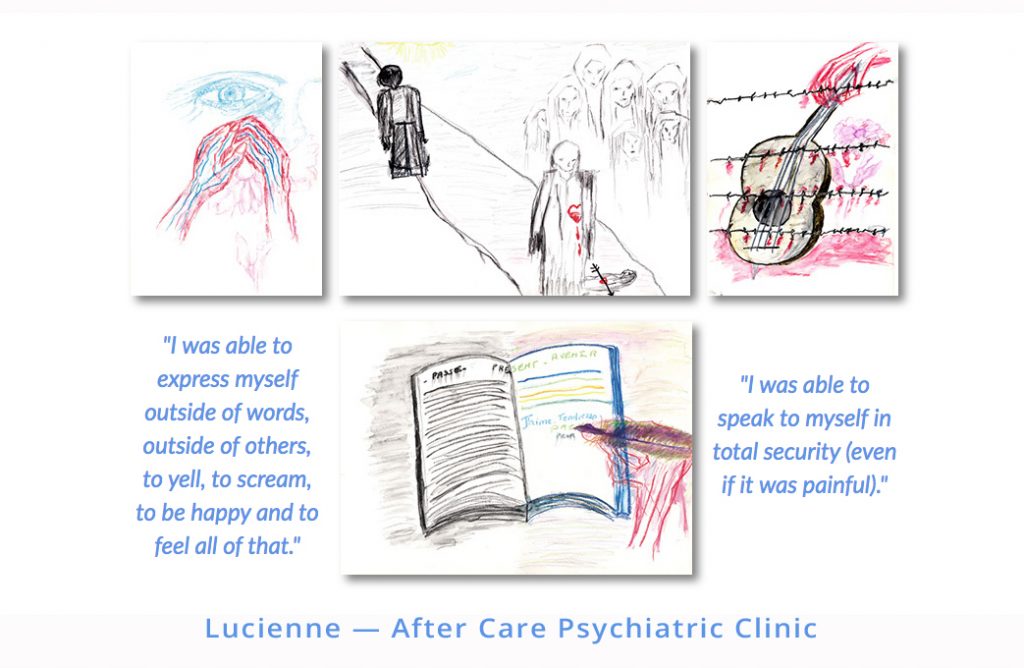
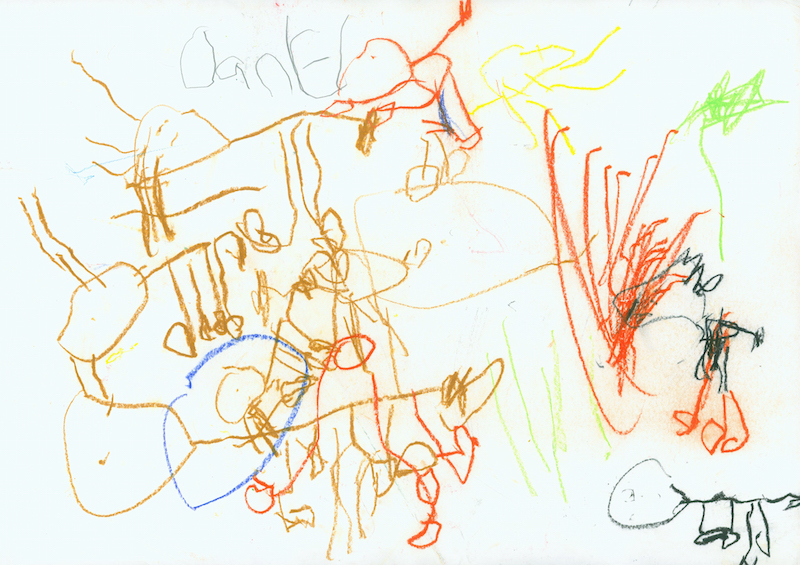
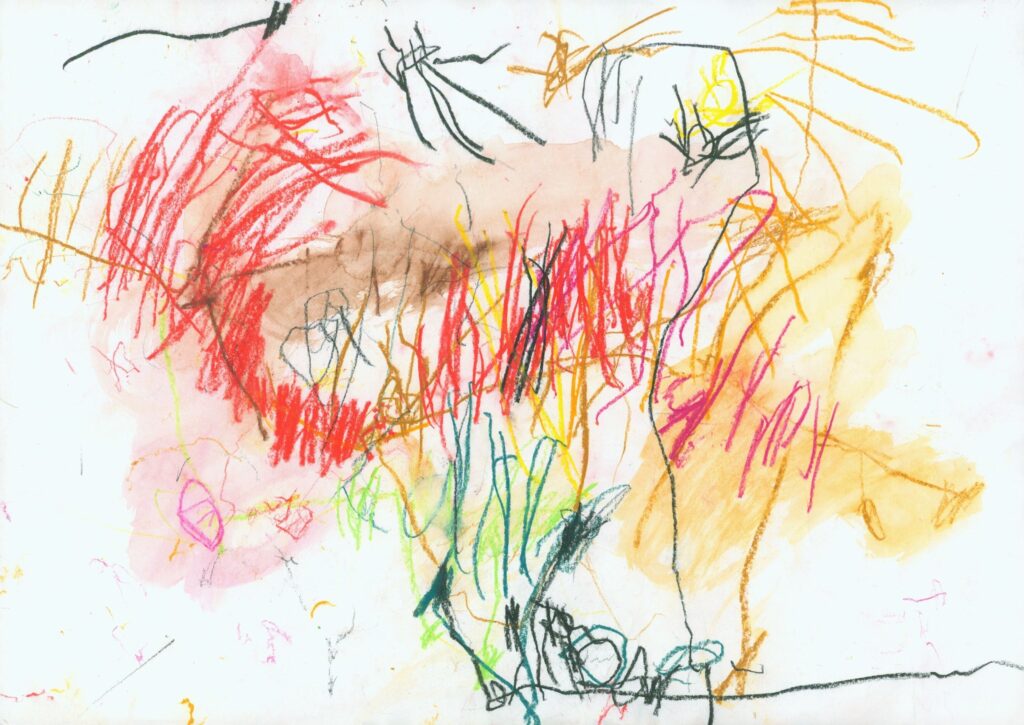
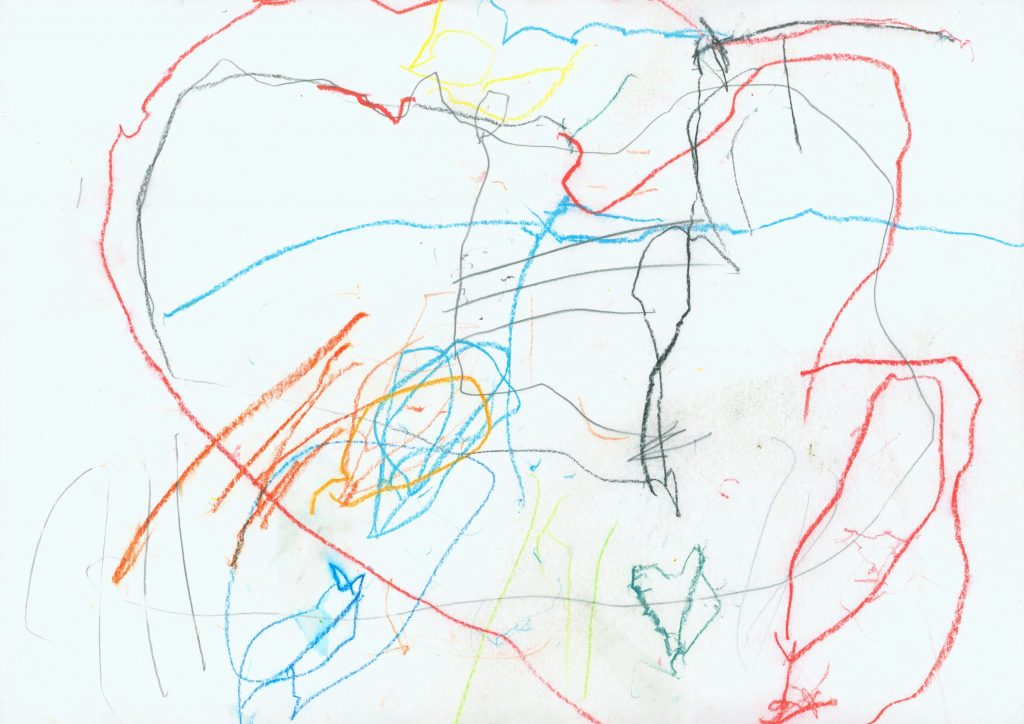
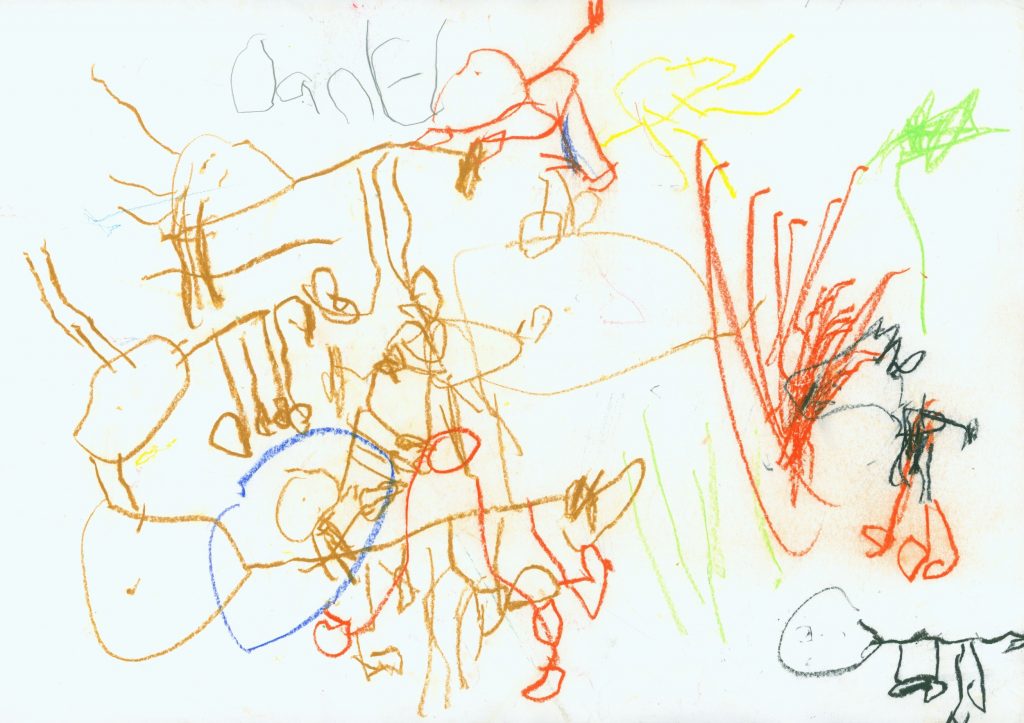
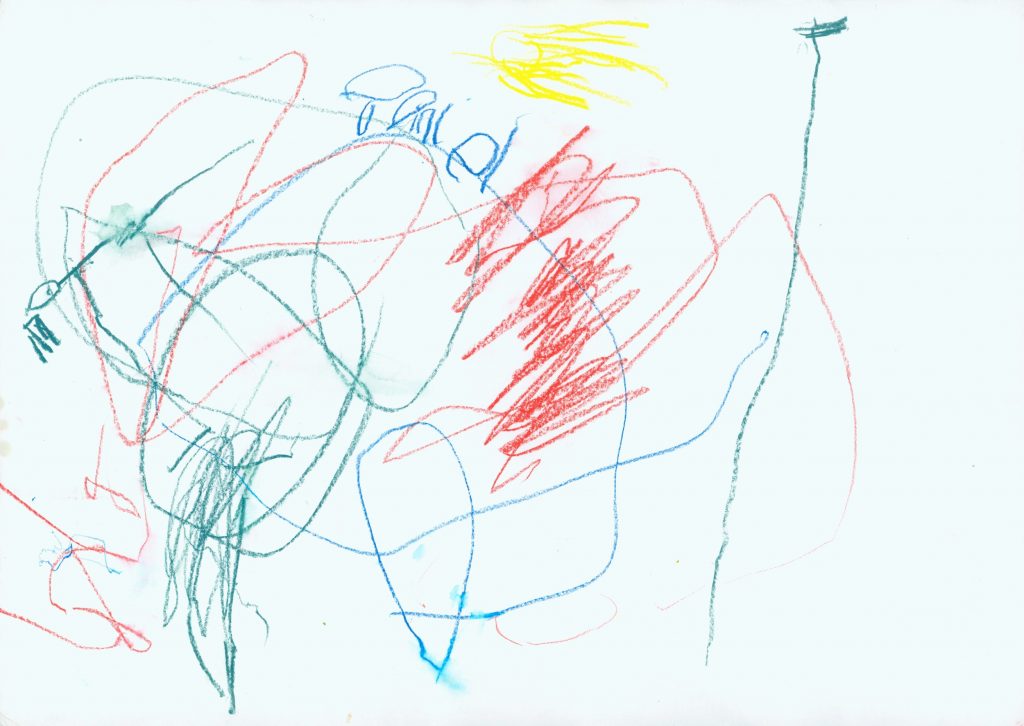
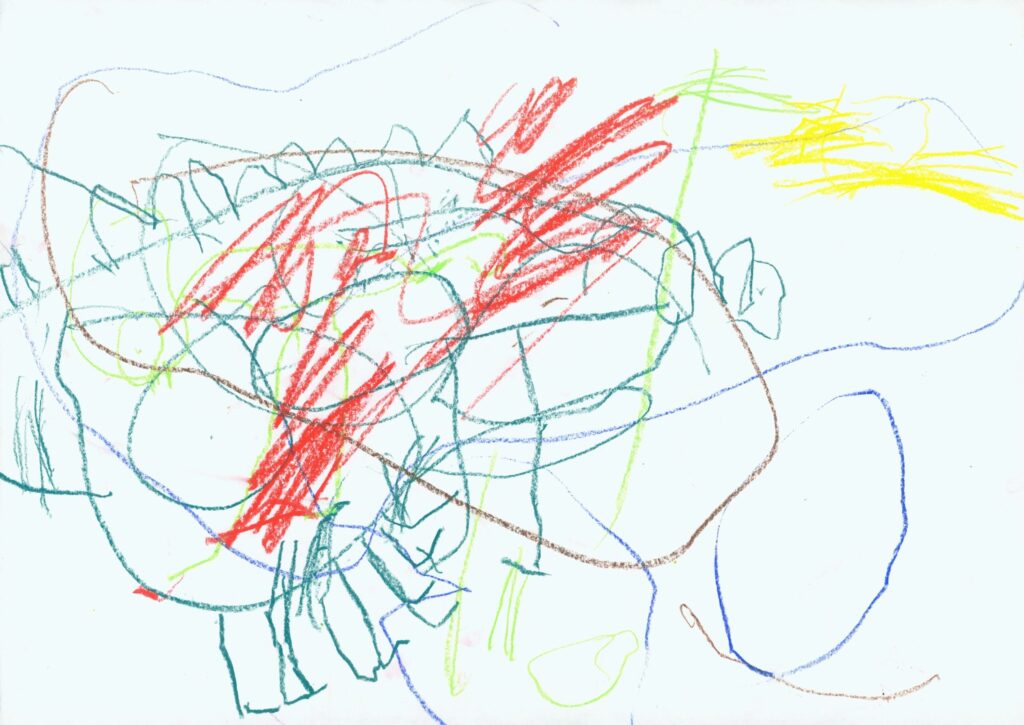
 Janis Gruska, ND
Janis Gruska, ND